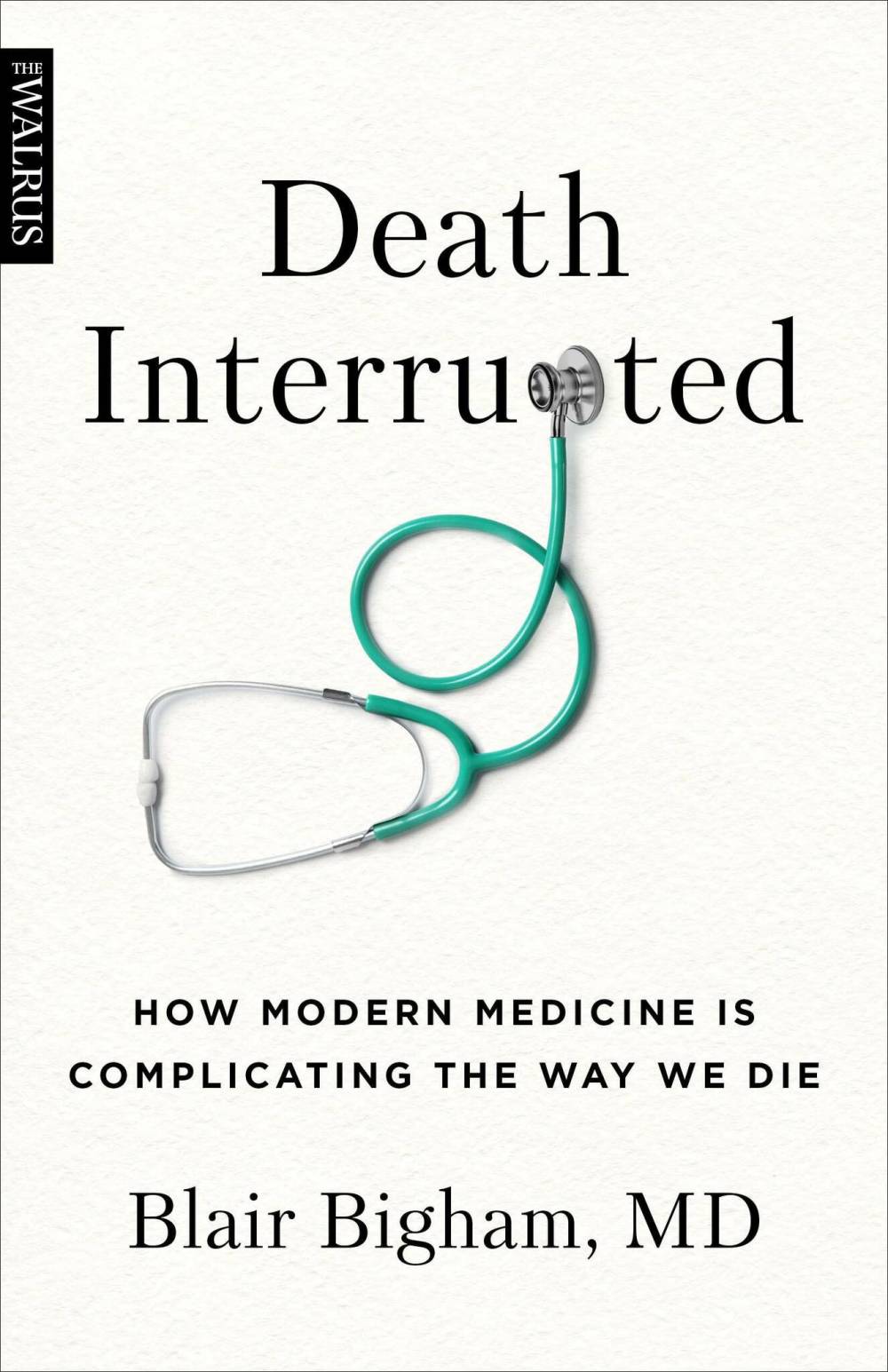Doctor delves into ‘death dilemma’
Advertisement
Read this article for free:
or
Already have an account? Log in here »
To continue reading, please subscribe:
Monthly Digital Subscription
$0 for the first 4 weeks*
- Enjoy unlimited reading on winnipegfreepress.com
- Read the E-Edition, our digital replica newspaper
- Access News Break, our award-winning app
- Play interactive puzzles
*No charge for 4 weeks then price increases to the regular rate of $19.95 plus GST every four weeks. Offer available to new and qualified returning subscribers only. Cancel any time.
Monthly Digital Subscription
$4.99/week*
- Enjoy unlimited reading on winnipegfreepress.com
- Read the E-Edition, our digital replica newspaper
- Access News Break, our award-winning app
- Play interactive puzzles
*Billed as $19.95 plus GST every four weeks. Cancel any time.
To continue reading, please subscribe:
Add Free Press access to your Brandon Sun subscription for only an additional
$1 for the first 4 weeks*
*Your next subscription payment will increase by $1.00 and you will be charged $16.99 plus GST for four weeks. After four weeks, your payment will increase to $23.99 plus GST every four weeks.
Read unlimited articles for free today:
or
Already have an account? Log in here »
Hey there, time traveller!
This article was published 01/10/2022 (1197 days ago), so information in it may no longer be current.
At long last, doctors are writing about and revealing the dilemmas and stresses of a highly competitive profession that sooner or later affect us all.
We Are All Perfectly Fine by Winnipeg internist Jillian Horton showed how the unreasonable demands on interns and residents can throw them into survival mode, where empathy with patients suffers. In Death Interrupted, Blair Bigham’s concern centres on the ICU, where efforts to save patients’ lives sometimes only prolong their suffering.
Bingham, who studied medicine at McMaster and Stanford, was a paramedic for 10 years before becoming a doctor and specialist in resuscitation. As a paramedic, he could celebrate simply getting a patient to the hospital alive. Now he works in a very different space, where the pressing question is often when to remove life support.

Death Interrupted
The “death dilemma,” as he calls it, is for him a personal problem as well as a systemic one. And it is relatively new. Between 1850 and 1950, mortality rates declined dramatically in Europe and North America, largely owing to improved sanitation, vaccinations and antibiotics. In the 1950s and ’60s came the use of CPR, portable defibrillators, ambulance services and ventilators.
One hundred years ago, death was accepted as a common experience, with few choices to be made. Could today’s abundance of choices be the cause of the present-day death dilemma? Is that why some families hesitate to remove life support, or even go to court to maintain it, when the patient is brain dead?
Bingham consults a number of experts in the field as well as combing his own experiences. Everyone agrees that families need time to digest bad news and build trust in the doctor giving it. But sometimes it is the doctor who wants to keep the machines running, even when the chances of recovery are nil. According to Bingham, surgeons are particularly aggressive in this respect, whereas oncologists are inclined to recommend palliative care.
The field is also complicated by legal definitions of death, by requirements for organ donations and, in the U.S., by the need for an organ recipient to live for a year in order for the transplant to be considered successful.
Bingham’s determination to explore all the repercussions of life support in both Canada and the U.S. (where he is currently working) leads readers in a number of directions. We learn that in the U.S., long-term acute care hospitals (LTACHs) are big money makers, yet another reason not to pull the plug.
He even takes a detour into exploring medical assistance in dying (or MAID) in Canada, which seems a little off-topic when it comes to decisions made in ICUs but is certainly related to the “death dilemma.”
What Bingham doesn’t provide are statistics on the ages and illnesses of those in ICUs in the two countries. What proportion are victims of traffic accidents, heart attacks, strokes, cancer? Although he describes a few cases, this information would be useful.
Bingham’s subtitle, How Modern Medicine Is Complicating the Way We Die, is certainly appropriate. His book explores a relatively new issue for which there are no easy answers — except for all of us, no matter what age, to write advance directives, or at least have a discussion on the issue with our families. At the moment, only 20 per cent of North Americans have written directives.
Faith Johnston is a Winnipeg writer old enough to have encountered the death dilemma several times.



